Value of Dead Trees for Other Species
Cavities in Standing Snags and Stumps
Small and medium-size mammals use natural as well as abandoned woodpecker cavities for nesting and denning. These cavities provide some of the same functions they do for birds. They include safety from predators and from the elements. Seeds, nuts and other food items stored in a cavity can determine which individuals make it through a particularly harsh winter.
Decayed and Downed Wood
The characteristics of these elements are thought to account for substantial variation in how wildlife use wood. Standing snags and hollowed logs provide several similar services to mammals and other wildlife. Downed wood is particularly beneficial to reptiles and amphibians that rely on them for cover or thermal regulation. Places under logs are also home for organisms whose role is decomposition. Some logs are used as runways or travel lanes for wildlife. And when some species are in need of a substrate for camouflage, decaying bark is often ideal. This is especially so for moths, snakes and lizards.
Food
Insects using dead trees and downed wood for food and nesting attract carnivores of many varieties and trophic levels. Fungi growing on decaying trees and logs also serve as a food source for many species including deer, small mammals and insects.

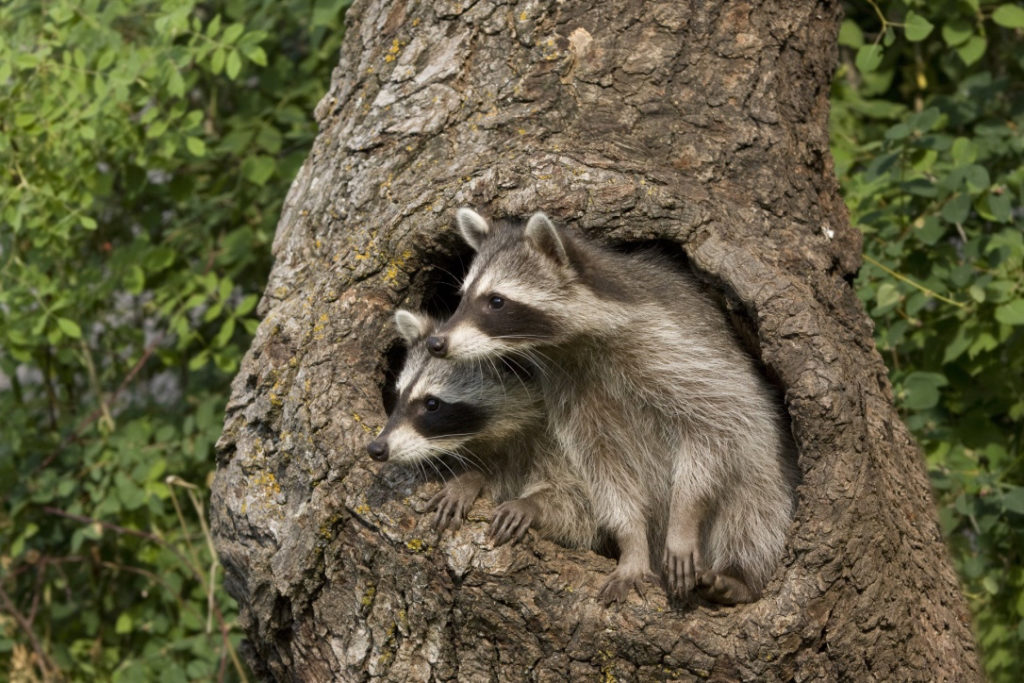
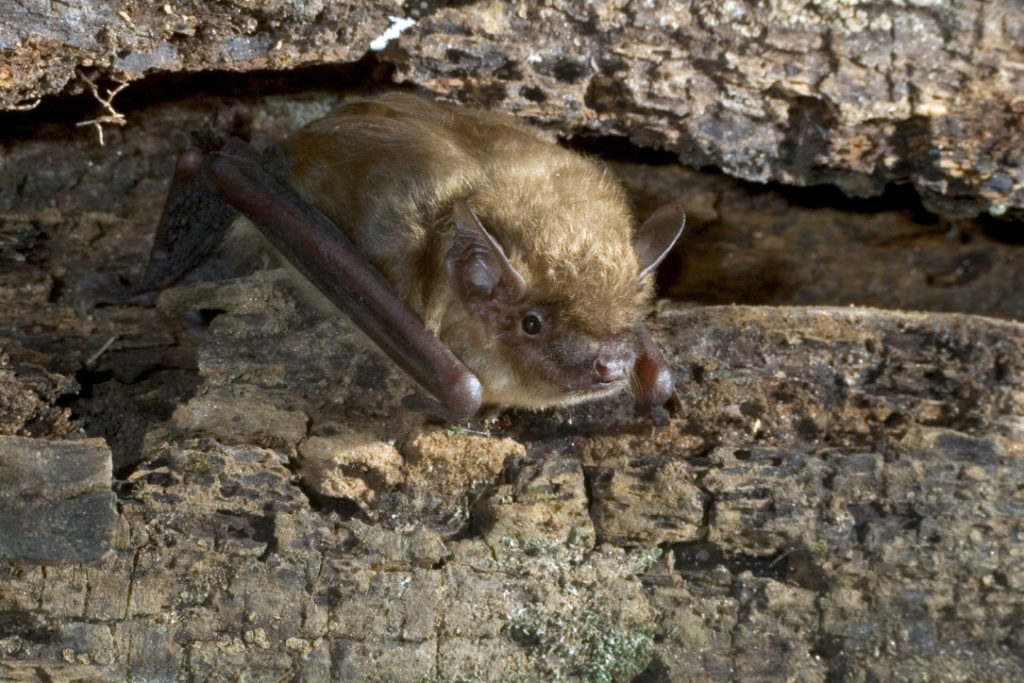
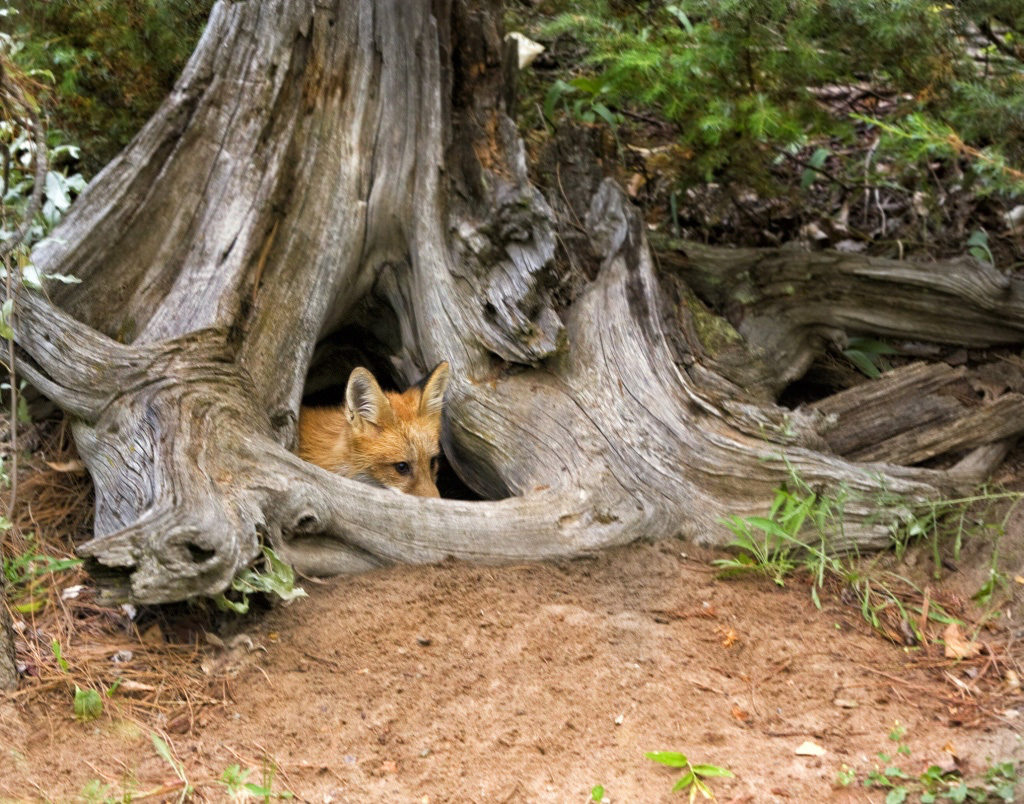
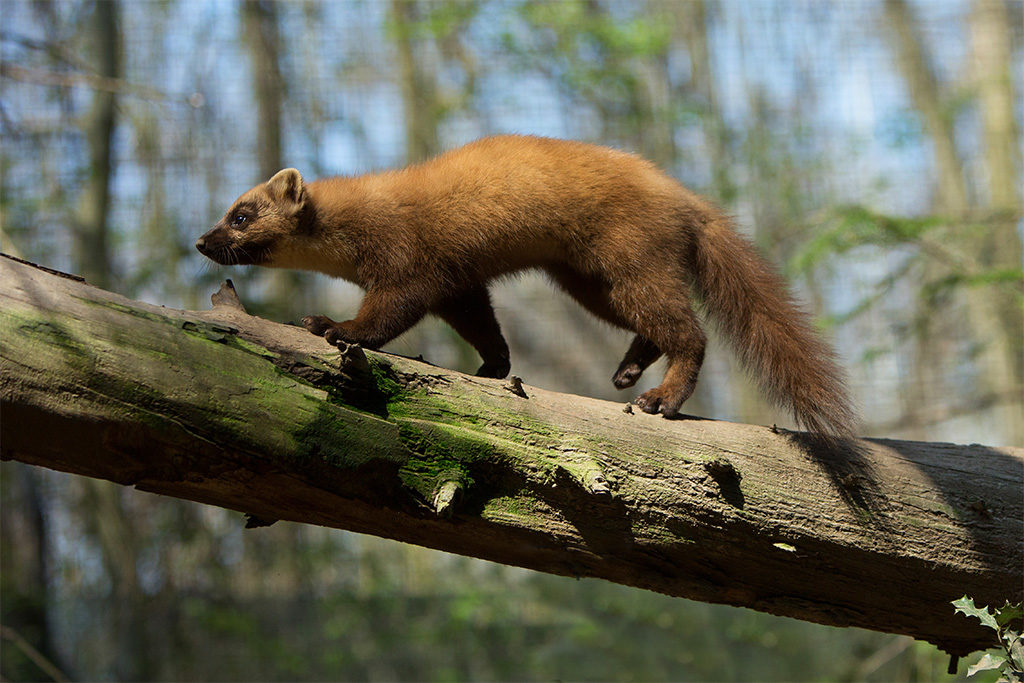
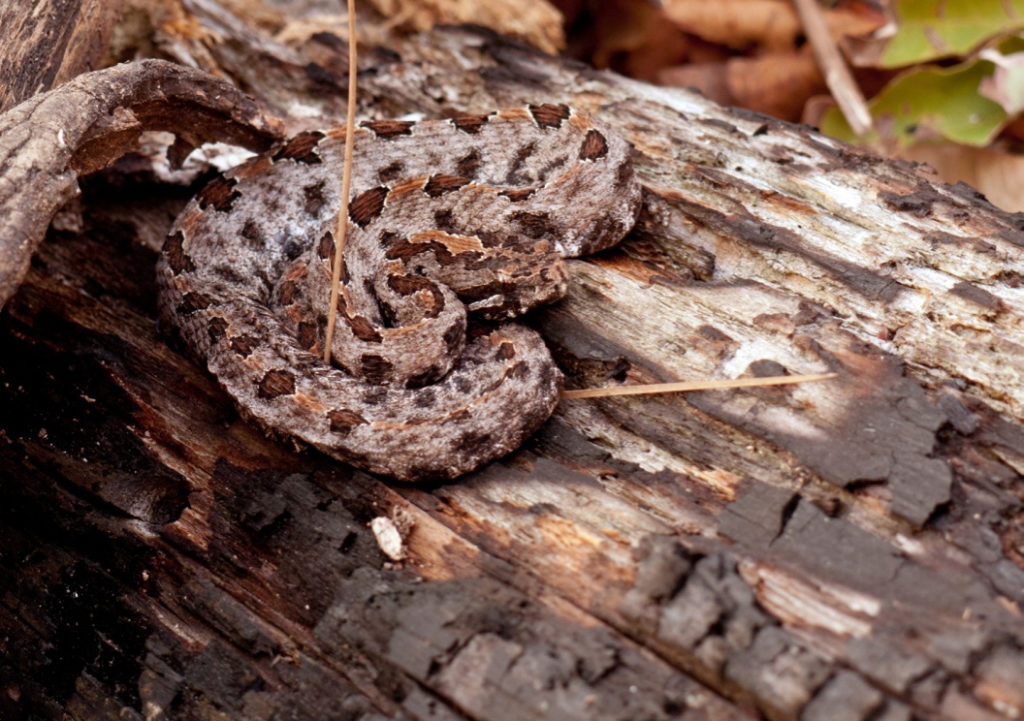
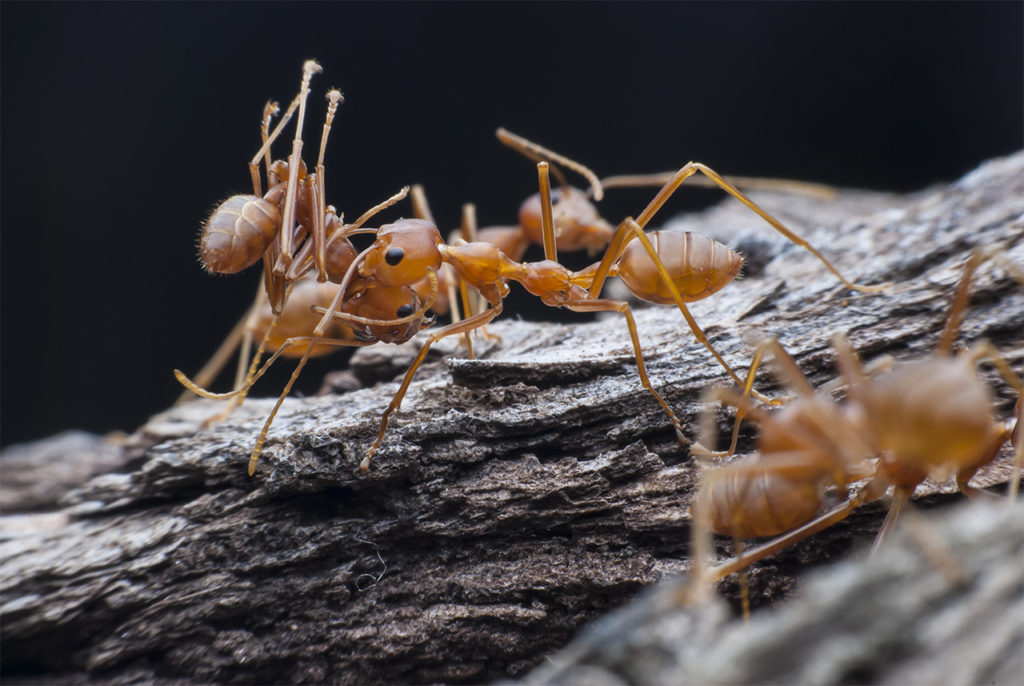
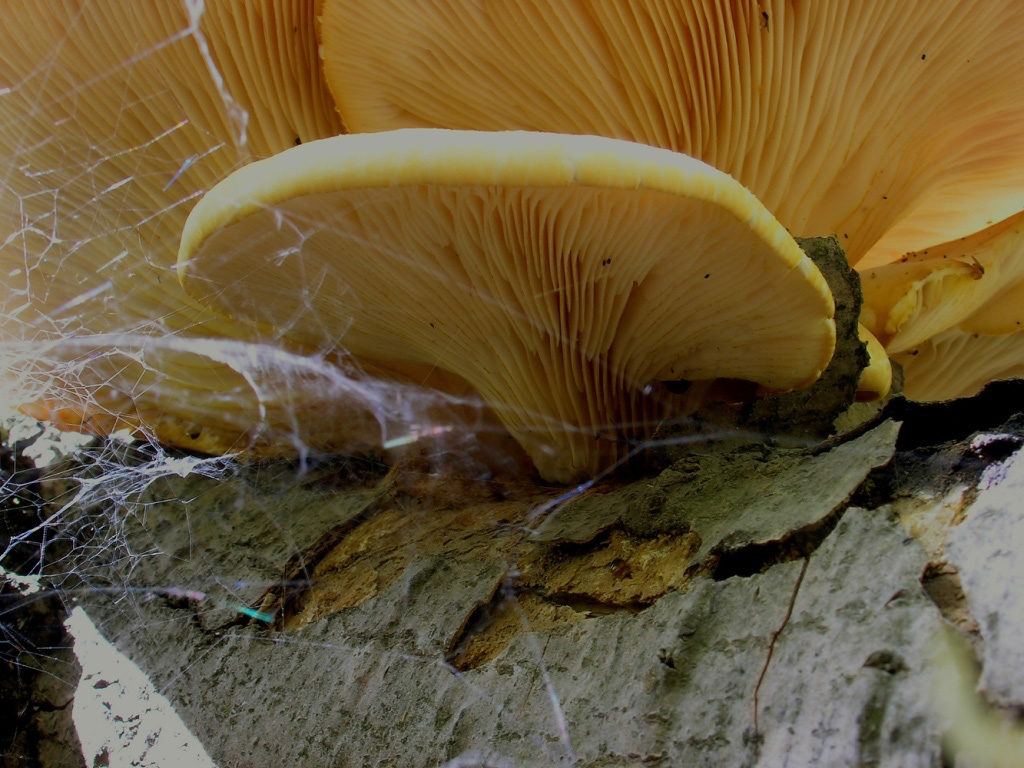
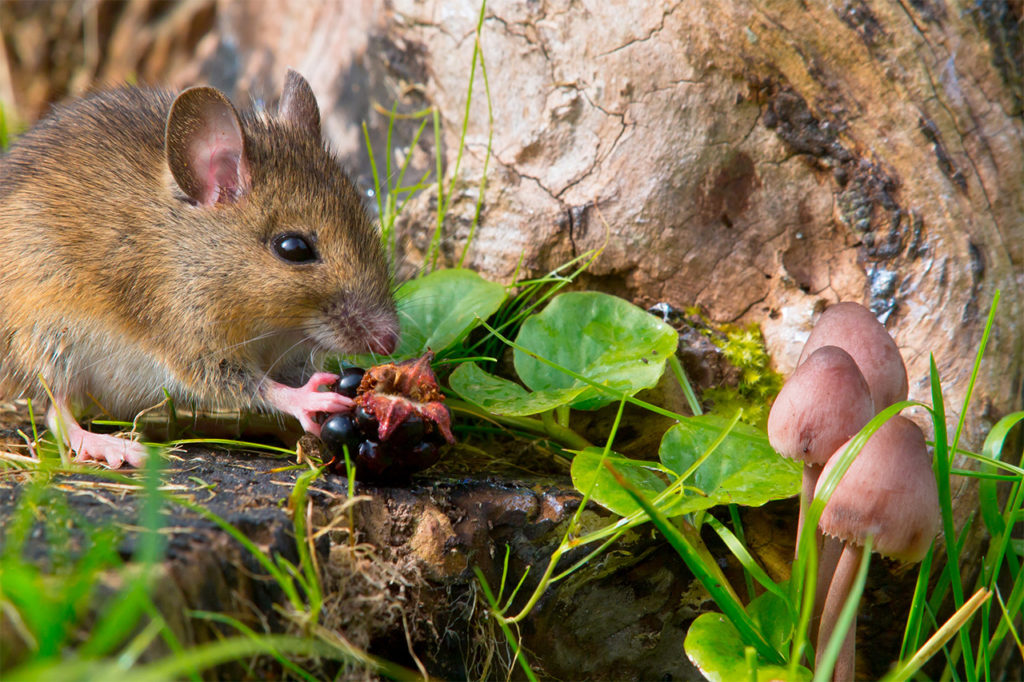

Connect
Connect with us on the following social media platforms.